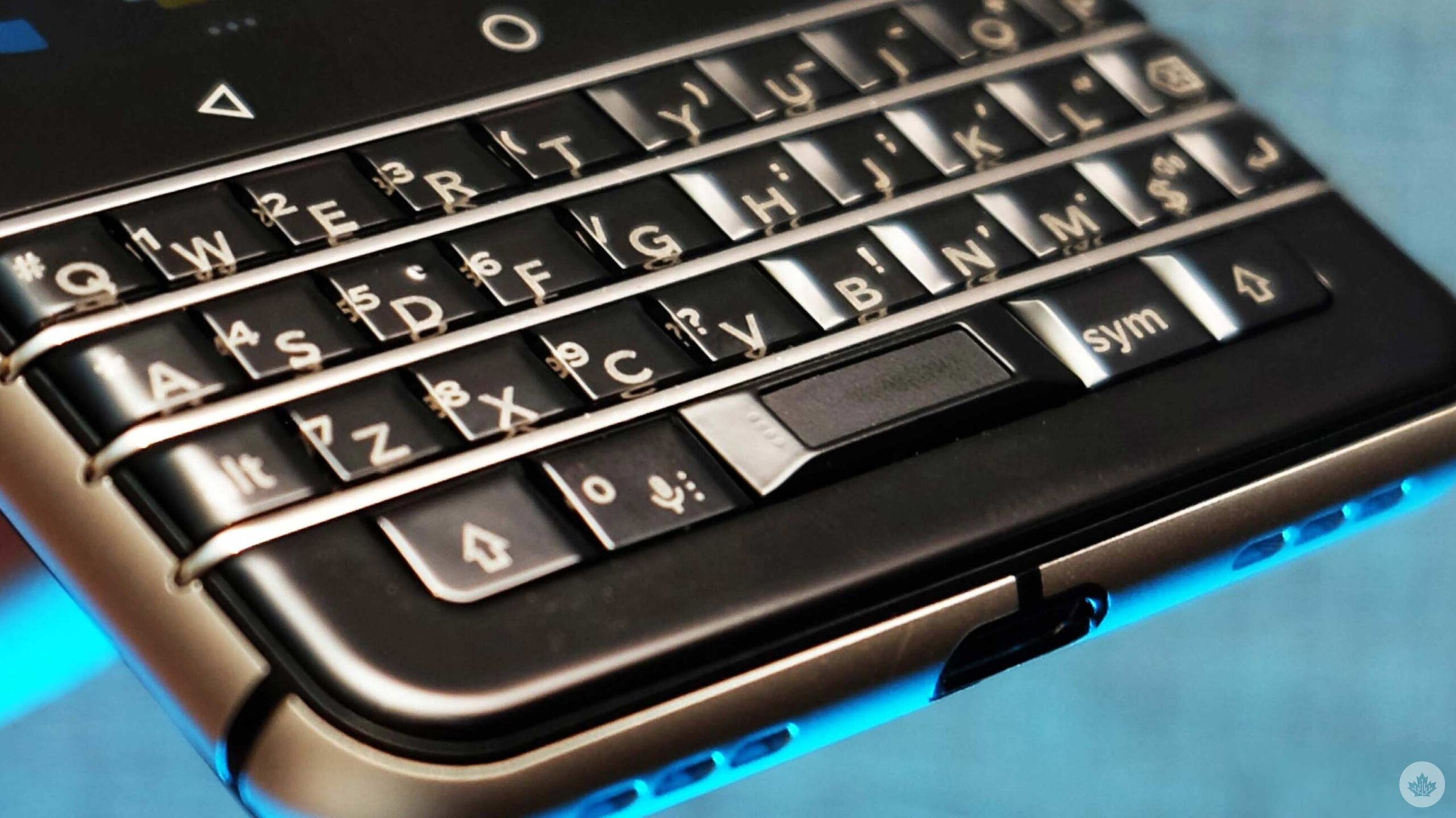- cross-posted to:
- [email protected]
- cross-posted to:
- [email protected]
I had two BlackBerry devices for work, right about the time they were going away. I’d heard the keyboard was good on earlier models but it seemed like the quality had gotten pretty cheap on the later phones. The BlackBerry 10 OS on my last phone was actually pretty good, and probably would’ve kept them in the market if they’d launched it 5 years earlier.



I never had a blackberry, but gained a hatred of them. Not for anything the phone was, but at how bad at software they were. The blackberry software to allow them to read emails from the company mail server was an over bloated, buggy and slow POS. It would forever break and the solution was always to remove and re-add it which would take a day and disrupt email for everyone.
But some CEO “needed” to use a blackberry as it looked corporate.
It’s wild to me how hodgepodge the software was. It’s the software equivalent of the Ford pinto, great and then boom! But for a long time it’s all there was.
There were competitors, but nothing offered everything like the blackberry platform in the early 2000s, the (user facing) software and keyboard combo were nuts, and when the trackball was released (Curve? Pearl? Idk) it was like having a little computer in your pocket.
I used to be a mobile developer (mainly Windows CE, Android and iOS) but once in 2010 I got put onto a project producing a TV-guide-like app for Blackberry. I was absolutely blown away by how fucking awful the developer tools were. Even during the development phase, an app had to be fully signed before it could be deployed to a device and tested and the signing servers were almost always down or operating under a severe delay. Even worse was that the framework code was divided up into umpteen billion different modules, each of which had to be separately signed, so the more modules you made use of the longer your app took to be signed (I often found myself writing custom functions that should logically have been handled by the framework, just to avoid the inclusion of one more module). Some days, even a one-line change to your code took 30 to 40 minutes to get onto your device - or else it was impossible because the signing servers were completely down. They did have emulators but they were worse than the physical devices and everything still had to be signed anyway. I just got in the habit of making hours of changes and then deploying while I went to lunch and testing everything afterwards; definitely not a programming best practice but the only way to make it work.
The built-in UI tools were horrible and there wasn’t anything that could be used for a TV guide, so I ended up having to do literally everything with Graphics primitives - although that was actually the fun part of the project. The most annoying thing was the 16-bit graphics, which probably made a bit of sense in 2003 but certainly not in 2010. And of course Blackberry was crashing and dying at that point anyway, so my work was pretty much useless.
The scroll wheel was awesome, though. It allowed for a super-precise UI controlling aspect that just isn’t possible with touchscreens.
More like Research In Place than RIM
Damn, I wish I’d thought of that back then.
I give you my permission to claim it as your own when you finally get that time machine working.
The one on the picture is actually a Keyone. It runs Android 8 which was just fine.